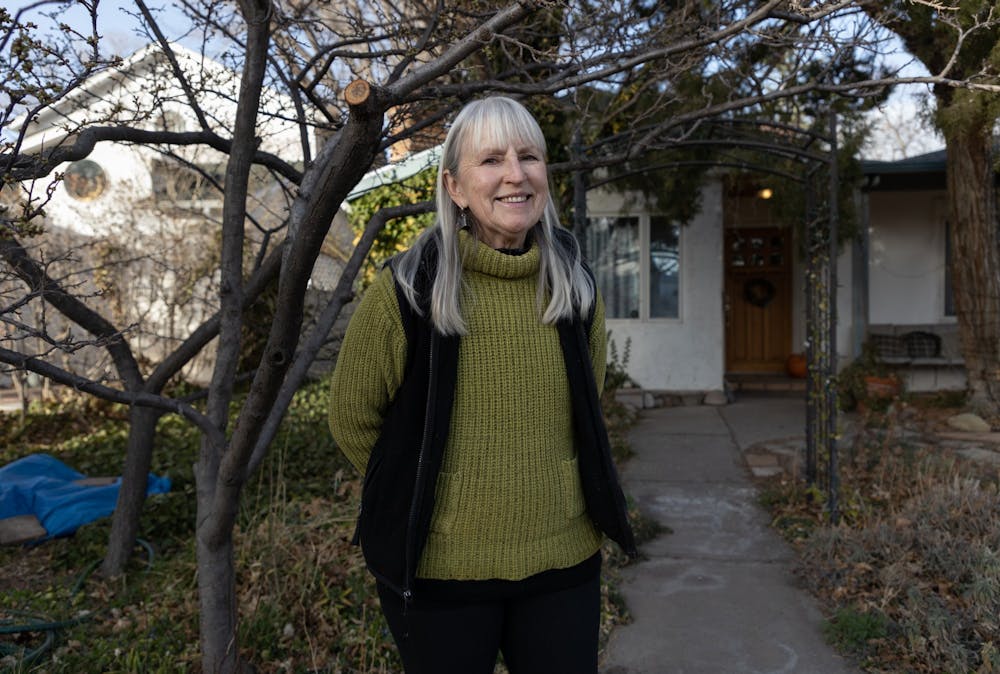With wildlife thriving among different habitats in the Albuquerque Backyard Refuge program, participants and program managers are working to change Albuquerque from a concrete and gravel desert into a city teeming with plant and animal life.
Debby Knotts, a retiree from the University of New Mexico, has seen all sorts of wildlife in her yard, from bumblebees to hummingbirds to raccoons. Her property is a sprawling landscape of native plants, herbs and fruit trees. She also is a docent for the park across the street, growing perennial native plants that will continue to grow year after year, as opposed to annuals which must be replanted each season.
Knotts said she noticed an increase of wildlife around her neighborhood during the height of the COVID-19 pandemic.
“I get raccoons, I get skunks, we have foxes in this neighborhood,” Knotts said. “Actually during COVID when people weren’t driving very much, we ended up getting more wildlife in this urban neighborhood, which is very interesting.”
John Rembetski, another Albuquerque local participating in the program, transformed both yards at his home in the Foothills from a blank gravel canvas to a sprawling array of plants with irrigation hoses and specially designed crevice gardens, which stagger the shade on different sections of soil throughout the day with tactically-placed flagstone.
“It’s really about making room for stuff and trying to keep it like a Noah’s Ark of one or two of everything,” Rembetski said. “It’s not really a landscape; it’s more of a plantscape.”
Indeed, Rembetski arranged his plants in sections that are akin to the biblical ark, set up meticulously for the right amount of shade and water and sometimes grouped by type. He navigates his backyard with a knowledgeable eye, all the while soaking up the bliss of being surrounded by an immense amount of life.
“Especially (during) these times, I’ll just come out here and I’ll be working in the yard or sometimes I’ll just sit and listen to the birds and feel the wind,” Rembetski said. “It’s sort of like going for a hike but in my own backyard.”
Around the city, residents are working to accommodate their non-bipedal neighbors with similar efforts, introducing naitive plants and offering water bowls as resources and habitats for the insects and birds, such as pollinators like bumblebees and hummingbirds, essential to the diverse and thriving New Mexico environment.
“With a little guidance, it really isn’t that difficult (to apply to the program),” said Knotts, who also is a neighborhood ambassador for the program, which involves promoting and educating others about the program.
Liam DeBonis is the copy editor at the Daily Lobo. He can be reached at copychief@dailylobo.com or on Twitter @LiamDebonis
Get content from The Daily Lobo delivered to your inbox






